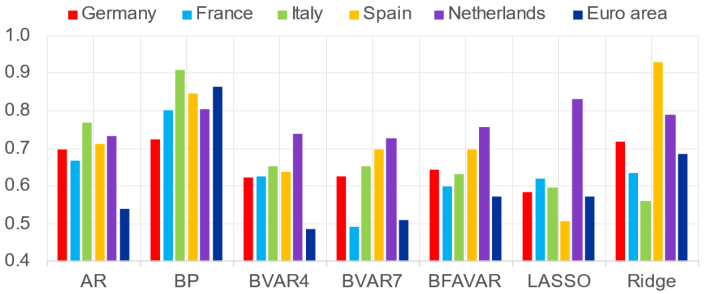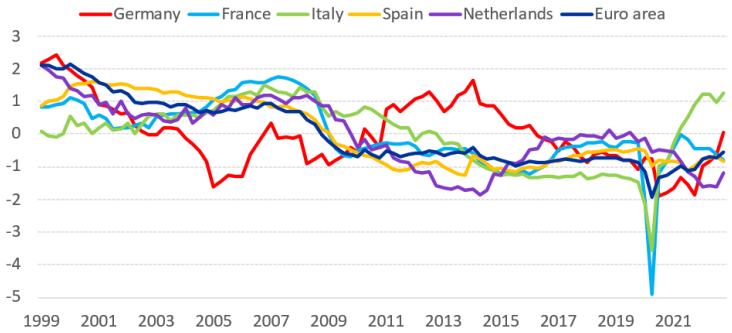References
Cañizares Martínez, C., de Bondt, G.J., and A. Gieseck (2023a) Forecasting housing investment. Journal of Forecasting, 42(3): 543-565.
Cañizares Martínez, C., de Bondt, G.J., and A. Gieseck (2023b) Forecasting housing investment. ECB Working Paper 2870.
Financial Times (2023). Italy weans builders off Superbonus ’drug’ after boom, 20 March.
Ruggieri, G., Andreolli, F., and P. Zangheri (2023). A policy roadmap for the energy renovation of the residential and educational building stock in Italy. Energies, 16(3): 1319.
Wang, X., Hyndman, R.J., Li, F., and Y. Kang (2022). Forecast combinations: An over 50- year review. International Journal of Forecasting, 20 December, in press.





